"I'm a People Pleaser"
- Tommy Lofgren, MA, LMHC, NCC

- Feb 10, 2023
- 4 min read
“I’m a chronic people pleaser.”
“I have a savior complex.”
“I am better at showing up for others than for myself.”
“I don’t know how to express what I feel or need to others.”

Each of the following statements are direct quotes from clients I’ve sat with in my therapy office. Do any of those statements resonate with you? Many of these statements may hit word-for-word for you, and they are likely statements you’ve made throughout your life.
For someone who grew up with insecure attachments in their household, the concept of attachment theory doesn’t define the insecurities you form in yourself because of a lack of emotional attunement. Building awareness is the ultimate key to changing patterns that came from experiences with emotional neglect during childhood. In EFT sessions with couples and individuals, the simple question, “How did your parent(s) respond to you when you expressed emotion?” helped create a deeper lens into the anxiety or depression that they experienced throughout their lives.
Research helps us understand the longer-term impacts of secure attachment in the first 18 months of our lives; the consistency of an emotional attunement figure early leads to a stronger awareness of self and relationships in adulthood (Young et al., 2019). For individuals who experience different forms of insecure attachment in childhood, reports of lower security, companionship, and higher likelihood of conflict were present (Saferstein et al., 2005).
In particular, the anxious attachment style (pre-occupied attachment), presents with a drive for closeness with an anxiety surrounding refusal and rejection in close relationships. In their own worry, those from anxious attachment styles seek a sense of approval in their close bonds. This is where were often internalize our need to “people please” in these attachments. In order to fight their sense of worry around losing those close to them, individuals from an anxious attachment style may encourage, advocate, and comfort those around them in order to gain approval or maintain the consistency of the bond.
In that mindset, an individual from an anxious attachment style may not expect anything in return for their kindness . . . but it doesn’t change that they also have their own attachment needs in relationships.
If you resonated with any of the quotes above, you may also see yourself in some of the below statements that relate to the struggle with expressing your own emotions and needs in relationships:

“Even though this sounds scary, they want me to do it, so I will.”
“I’m uncomfortable, but why ruin the moment if they’re comfortable.”
“This isn’t about you. Their needs are more important right now.”
“Hmmm, that doesn’t sound right, but what if they get angry or upset with me if I say something!?”
. . . of simply put, I say sorry, even if I wasn’t in the wrong here.
The experience of people pleasing may lead to isolation and loneliness, especially related to the sense of rejection one may feel in their close attachments. These above moments, as they relate to your own emotional experiences, compile and lead to the bottling up of feelings that you have deep within yourself. While you see the affect of comfort that you’re providing others, you may find yourself struggling to manage and regulate yourself when you’re trying to meet your own needs.
From an insecure attachment lens, those in this position in their relationships see behaviors, and internalize messages, as insecure emotional cues that lead to tendencies towards distancing, isolation, over-dependence, or oversensitivity (Pascuzzo et al., 2015).
In order to overcome such embedded messages around valuing others needs over your own, starting to build a greater awareness of those patterns is an integral step in healing and changing. Once you’re able to address the pattern and make space to embrace the emotional experiences from your earlier attachments, you can fully experience your emotions in a manner that sheds light on your attachment needs. Taking that risky step to process those experiences, and begin to cultivate a sense of self in a space where you can also self-regulate, will transform how you see yourself and the relationships surrounding you.
While maintaining close bonds is a part of our human experience (connection to the greater whole), learning to connect to our inner world is a beautiful journey that we all deserve to experience. Take that first encounter with yourself and begin to unravel old patterns of people pleasing. As a counselor, I am taking this moment to encourage you to honor and advocate for you.
References:
Pascuzzo, K., Moss, E., & Cyr, C. (2015). Attachment and Emotion Regulation Strategies in Predicting Adult Psychopathology. SAGE Open, 5(3), 2158244015604695. https://10.1177/2158244015604695
Saferstein, J. A., Neimeyer, G. J., & Hagans, C. L. (2005). Attachment as a Predictor of Friendship Qualities in College Youth. Social Behavior & Personality: An International Journal, 33(8), 767-775.
Young, E. S., Simpson, J. A., Griskevicius, V., Huelsnitz, C. O., & Fleck, C. (2019). Childhood attachment and adult personality: A life history perspective. Self and Identity, 18(1), 22-38. https://10.1080/15298868.2017.1353540



.png)



Comments